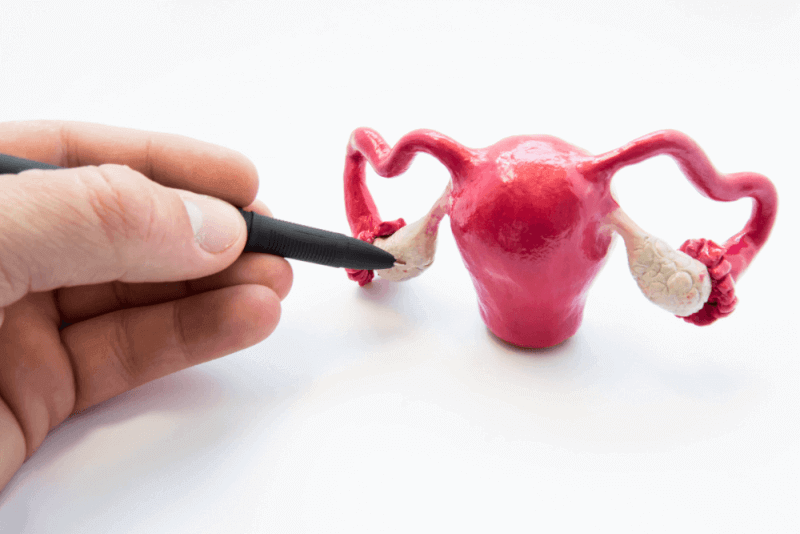What is a perinoplasty?
Perinoplasty is a surgical procedure to repair the external organs of the perineum and vagina. The perineum is the space between the anus and the vagina. The purpose of this area is to help support the reproductive organs and pelvic roof muscles.
Giving birth, weight loss, trauma and other factors can damage the area and cause the skin around the vaginal opening to become loose or overstretched. Perinoplasty procedure can restore the function and comfort of the perineum and improve its appearance.
Causes of perineal damage
Vaginal births are one of the main causes of damage to the perineum. In these births, the opening of the vagina is prolonged so that the baby can come out. Repeated vaginal deliveries increase the chances of having a loose overdeveloped vaginal opening.
If a large perineal tear or episiotomy is needed during childbirth, there is an increased risk of inappropriate healing of scar tissue or vaginal muscles. Scar tissue can cause discomfort and loss of sensation.
Other factors that stretch and widen the vaginal opening or damage the perineum include the following.
- Excessive weight loss or weight gain
- Trauma and injury
- Repeated strain or impact
- High impact sport or exercise
- Other gynecological diseases
- Genetics
- Age
Why is perinoplasty needed?
A significant number of women choose perinoplasty to remove loose skin from their vaginal openings. This problem can lead to decreased satisfaction during sex or loss of self-esteem. In some cases, muscle damage can cause urinary incontinence problems. Some of the reasons why women choose to have perinoplasty include the following.
- Lax, swollen or intermittent skin around the vagina
- Excessive scar tissue after episiotomy or tearing during vaginal delivery
- Loss of sensation during sex
- Decreased self-confidence
- Low libido
- Vaginal irritation, discomfort or pain
- urinary or bowel incontinence
How is perinoplasty surgery performed?
Perinoplasty surgeries help tighten the opening in the vagina, but do not affect the vaginal canal or the inside of the vagina. In this procedure, specialists remove the damaged skin and repair the muscle tissue that supports it. During the procedure, the surgeon makes a small V-shaped or Diamond-shaped incision in the vaginal opening. He or she removes tissue and repairs the underlying folds before suturing the area.
The procedure is performed under local or general anesthesia depending on the procedure to be performed. At the end of the procedure, the cut edges are closed with sutures. Hospitalization is rarely needed after the procedure, which lasts approximately 1 hour.
Perinoplasty before surgery
Gynecologists examine patients before perinoplasty surgery. They discuss the symptoms and the risks of surgery. During this time, all questions about the procedure are answered and the risks and benefits of the procedure are understood. The recovery process and any adjustments that need to be made before the surgery are also discussed during this consultation.
Benefits of perinoplasty surgery
Perinoplasty helps to restore tension and repair damage to the pelvis and vulva. In addition, the benefits of the surgery include the following.
- Enhanced sexual satisfaction
- Increase in self-esteem
- Restoring the vagina to its prenatal size
- Correction of scars and removal of scar tissue
- Treating incontinence
- Correction of other defects
In addition to these benefits, perinoplasty can also be used to treat other conditions such as
- Vaginismus
- Disperoni
- Pain during tampon use or penetration
- Shrinkage of the vagina due to cancer treatment
- Genital warts
- Recurrent vaginal infection
Complications of perinoplasty surgery
As with most surgeries, there is a risk of complications after perinoplasty. The most common complications that can occur after the operation include the following.
- Failure to achieve the desired result
- Painful sex
- Infection
- Constipation
- Bleeding at the surgical site
Perinoplasty recovery
The body needs time to heal after perinoplasty. Some swelling and discomfort may be felt for the first few days after surgery. Ice and painkillers are recommended to control this.
Sitting baths and soaking your perideal area in a few inches of warm water can also be relaxing during the first week of recovery. In addition, experts' postoperative instructions include the following.
- Tampons should not be used and sexual intercourse should be avoided for at least 6 weeks after surgery.
- Activities should be limited for at least 4 weeks and no heavy lifting should be done during this period.
- To prevent constipation, plenty of water and fiber-rich foods should be consumed. Stool softeners can also be used.
- It is necessary to use a hygienic pet during the regl period.
- It is important to keep the surgical site clean.
After the surgical site has healed, doctors recommend pelvic ceiling exercises to help strengthen the area. Patients may also be given a list of exercises they can do at home or may need to see a physiotherapist for a few weeks.
Who cannot have a perinoplasty?
Women who are considering having a perinoplasty should make sure that their childbearing process has ended. In addition, the operation should not be performed in the following cases.
- Being pregnant
- Being cancer
- Having an active genital infection
- Presence of an abnormal pap smear test








